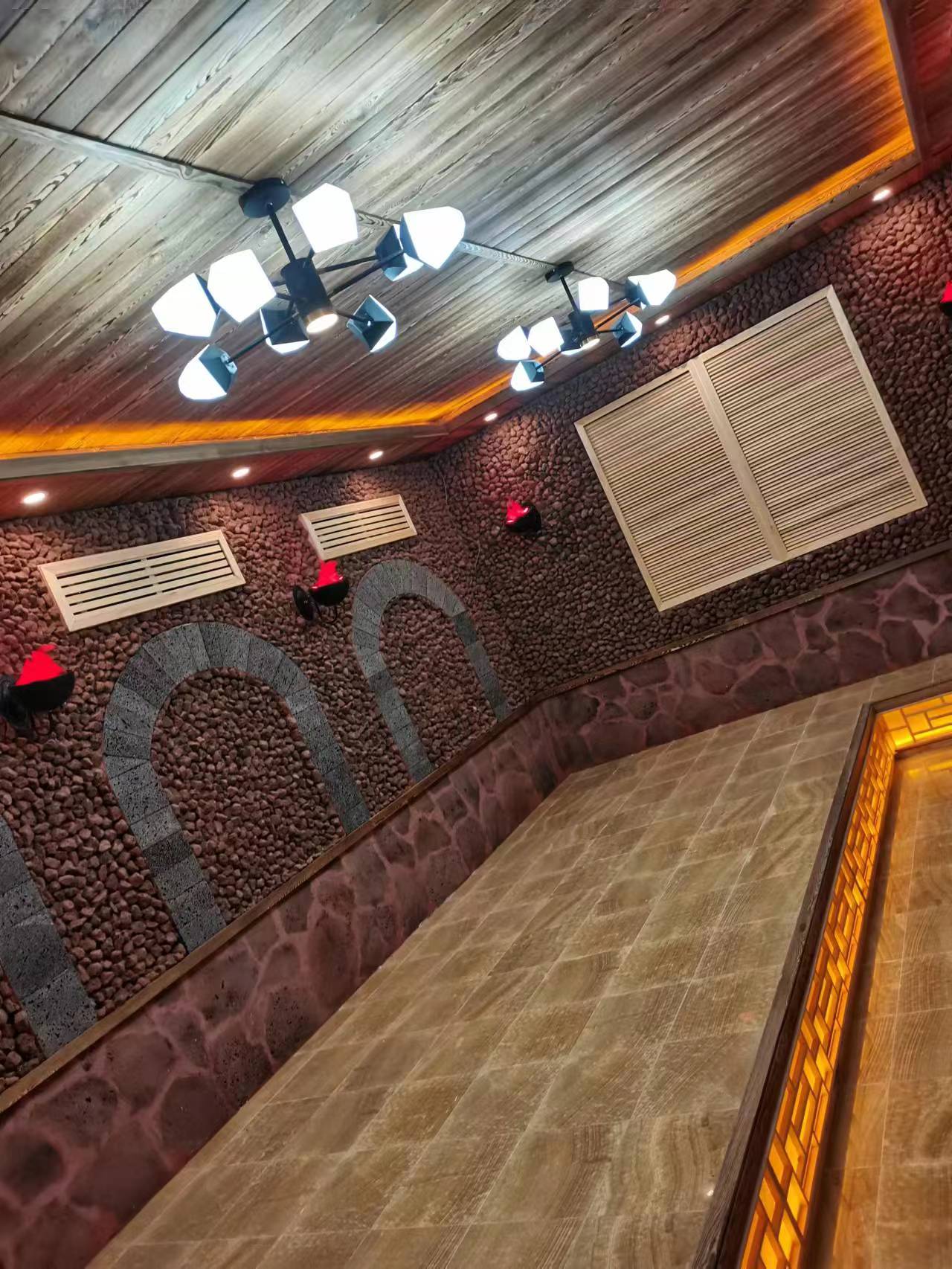
California is renowned for its diverse climate, which ranges from the Mediterranean-like climate along the coast to arid and semi-arid regions inland, and even includes mountainous areas with cooler and more variable conditions. These unique climate conditions have a significant impact on the choice of flooring materials for sweat rooms, which are spaces designed for relaxation, detoxification, and often associated with activities like saunas or steam rooms.
In the coastal regions of California with a Mediterranean climate, characterized by mild, wet winters and dry, warm summers, humidity levels can vary throughout the year. During the winter months, the increased moisture in the air poses a challenge for sweat room flooring. Materials that are highly resistant to moisture absorption, such as porcelain tiles or natural stone like granite and marble, are often preferred. Porcelain tiles are known for their low porosity, which means they are less likely to soak up water and develop mold or mildew. Granite and marble, on the other hand, are durable and can withstand the occasional dampness, provided they are properly sealed. However, they require more maintenance to keep their shine and prevent staining.
The dry summers in these coastal areas also have an impact. Wood flooring, which might seem like a poor choice due to its susceptibility to moisture, can actually be used in a controlled environment. Some types of hardwood, such as teak or cedar, are more resistant to warping and decay when exposed to changes in humidity. They can add a warm and natural aesthetic to the sweat room, but proper ventilation and occasional conditioning are necessary to maintain their integrity. Additionally, composite wood materials that are engineered to be more stable in different climates can also be considered, offering a balance between the look of wood and better resistance to the coastal climate's fluctuations.
Inland California experiences much drier conditions, with low humidity for most of the year. In these arid and semi-arid regions, the main concern for sweat room flooring is not so much moisture resistance as it is heat tolerance. Concrete flooring can be a viable option as it can handle high temperatures well. It is also relatively inexpensive and durable, making it a practical choice for many. However, concrete can be cold and hard underfoot, so adding a layer of insulation or using decorative coatings can improve its comfort and appearance.
Tile flooring remains popular in these areas too, especially ceramic tiles with good heat conductivity. They can quickly warm up in a heated sweat room and help maintain a consistent temperature. Tiles also come in a variety of colors and patterns, allowing for customization to match the desired ambiance of the space. Another advantage of tiles in arid climates is that they are easy to clean and maintain, which is important in a sweat room where cleanliness is crucial for health reasons.
For those looking for a more natural and unique look, saltillo tiles, which are handmade from clay in Mexico and are popular in some Southwestern-style architecture, can be a good choice. They are porous but can develop a beautiful patina over time and add a rustic charm to the sweat room. However, they do require more sealing and maintenance to protect against dirt and stains in the dry, dusty environment of inland California.
The mountainous areas of California have a more variable climate, with cooler temperatures and potentially more precipitation depending on the elevation. In these regions, flooring materials need to be able to handle both cold and wet conditions. Cork flooring is an interesting option as it has good insulation properties, which can keep the feet warm in cooler temperatures. It is also naturally resistant to mold and mildew, making it suitable for the potentially damp environment. Cork is soft and comfortable to walk on, providing a pleasant experience in the sweat room. However, it is not as durable as some other materials and may need to be replaced more frequently if subjected to heavy use.
Again, natural stone like slate can be a good choice for mountain sweat rooms. Slate is extremely durable and can withstand the rigors of a variable climate. It has a natural non-slip surface, which is a safety plus in a wet environment like a sweat room. Its unique texture and colors can add a touch of elegance to the space. However, like other natural stones, it requires proper sealing to prevent water absorption and staining.

